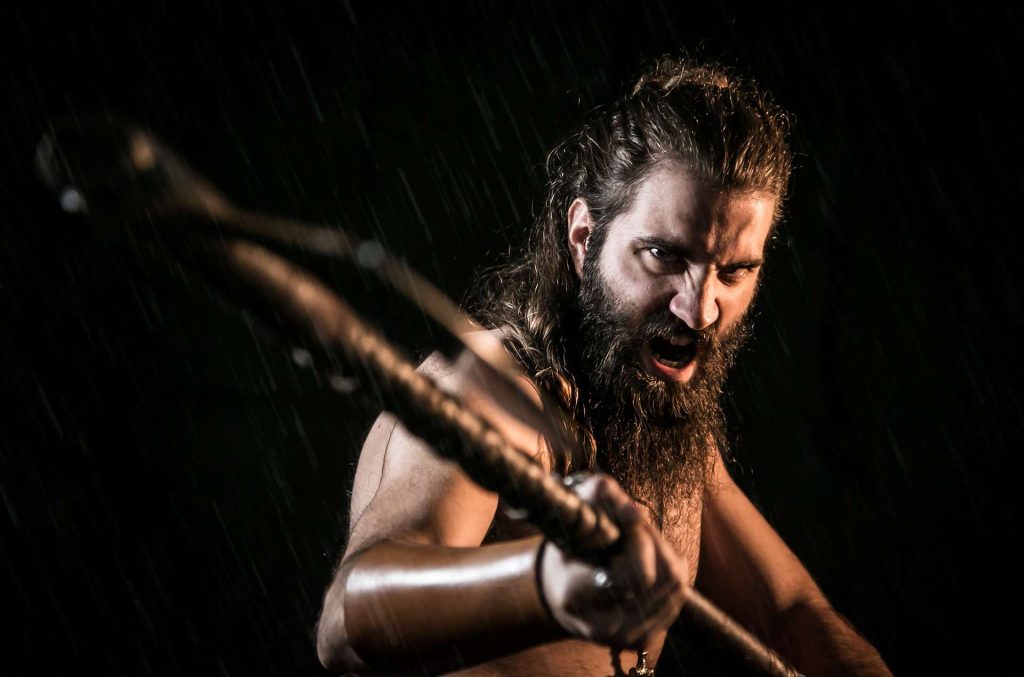
Facial hair has been represented in art since the first cave person picked up a piece of charcoal and decided to draw a man. Early art also reveals that facial hair has long been tamed – usually by being clipped or plucked – suggesting that the all-important question of ‘To shave or not to shave?’ has been around for almost as long as humans themselves. Over the centuries facial hair has fallen in and out of fashion. Hairy faces have been lauded, derided, commemorated in art and even legislated against.
In ancient Egypt, for example, shaving was associated with cleanliness, so priests shaved themselves entirely and would then wear a stylised false beard for ceremonial purposes. Surviving Egyptian art suggests that non-priests also wore false beards, in this case to emphasise that they were followers of the god Osiris. Pharaohs wore false beards of a particular design – one that splayed out at the bottom. The classic straight, plaited beard with a turned-up end, such as that known from the famous death mask of King Tutankhamun, would not have been a style worn by a pharaoh during life: this was a specific shape worn only in death. Of course, it is impossible to know what the average Egyptian male looked like and if he did or didn’t wear facial hair, as art doesn’t tend to record the people who weren’t famous or royal. Wearing a false beard became so fashionable that it was not confined just to pharaohs or even to adults. At the British Museum in London is the coffin of an infant: a mini mummy case complete with childlike features and a long stylised beard. […]
First published on 11th November 2014. Read full article on The Telegraph online.